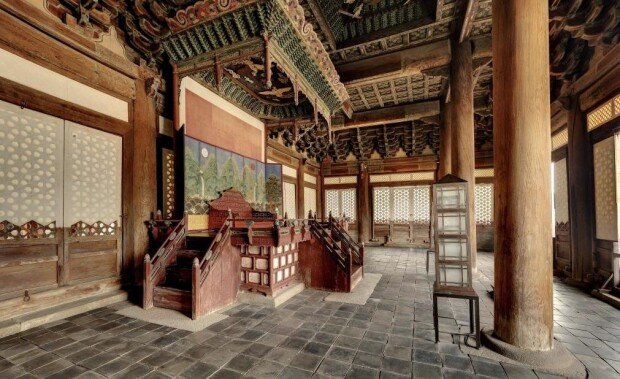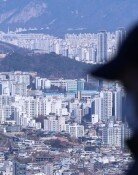National treasure 'Myeongjeongjeon' to open to the public
National treasure 'Myeongjeongjeon' to open to the public
Posted September. 05, 2024 07:56,
Updated September. 05, 2024 07:56

The interior of Myeongjeongjeon Hall of Changgyeonggung Palace, the oldest Joseon Dynasty palace, will be open to the public beginning September 26. Jeongjeon is the largest hall in the palace and was used for major state ceremonies, such as the coronation of the king, meeting with subjects, and receiving foreign envoys.
The Changgyeonggung Palace Management Office, under the palaces and tombs headquarters of the National Heritage Administration, announced Wednesday that it will conduct special tours inside the Myeongjeongjeon Hall of Changgyeonggung Palace every Thursday through Sunday from September 26 to November 3. The admission period will exclude October 9-13, when the Palace Culture Festival will be held. Previously, the National Heritage Administration opened the interior of Myeongjeongjeon for a limited time in 2019.
Designated as a national treasure, Myeongjeongjeon Hall of Changgyeonggung Palace was first built in the 15th year of King Seongjong (1484) but was burned down during the Imjin War (between Korea and Japan) and rebuilt in the 8th year (1616) of Prince Gwanghae. The small, single-story structure exemplifies the architectural style of Joseon palaces and is the oldest surviving example of a Joseon palace dancheong (decorative coloring on wooden buildings). In the center of Myeongjeongjeon Hall is the throne seat where the king sits, and behind it is the 'Ilwol Oakdo' folding screen, which depicts the sun, moon, and five peaks symbolizing the king's reign of the universe.
While the main hall of other palaces is designed to face south, Myeongjeongjeon was built to the east in accordance with feng shui. The only king to be crowned at Myeongjeongjeon was King Injong, and the hall was used mostly for royal feasts.
During the special viewing period, the Myeongjeongjeon Hall is explained twice daily (10:30 a.m. and 2:30 p.m.) by a specialist guide. The tour takes one hour (including 15 minutes inside Myeongjeongjeon) and is free of charge (other than admission to Changgyeonggung Palace). To protect cultural heritage and ensure a comfortable viewing environment, participants must be at least seven years old, and reservations are required in advance (16 people per session).
Sang-Un Kim sukim@donga.com
Headline News
- Joint investigation headquarters asks Yoon to appear at the investigation office
- KDIC colonel: Cable ties and hoods to control NEC staff were prepared
- Results of real estate development diverged by accessibility to Gangnam
- New budget proposal reflecting Trump’s demand rejected
- Son Heung-min scores winning corner kick







